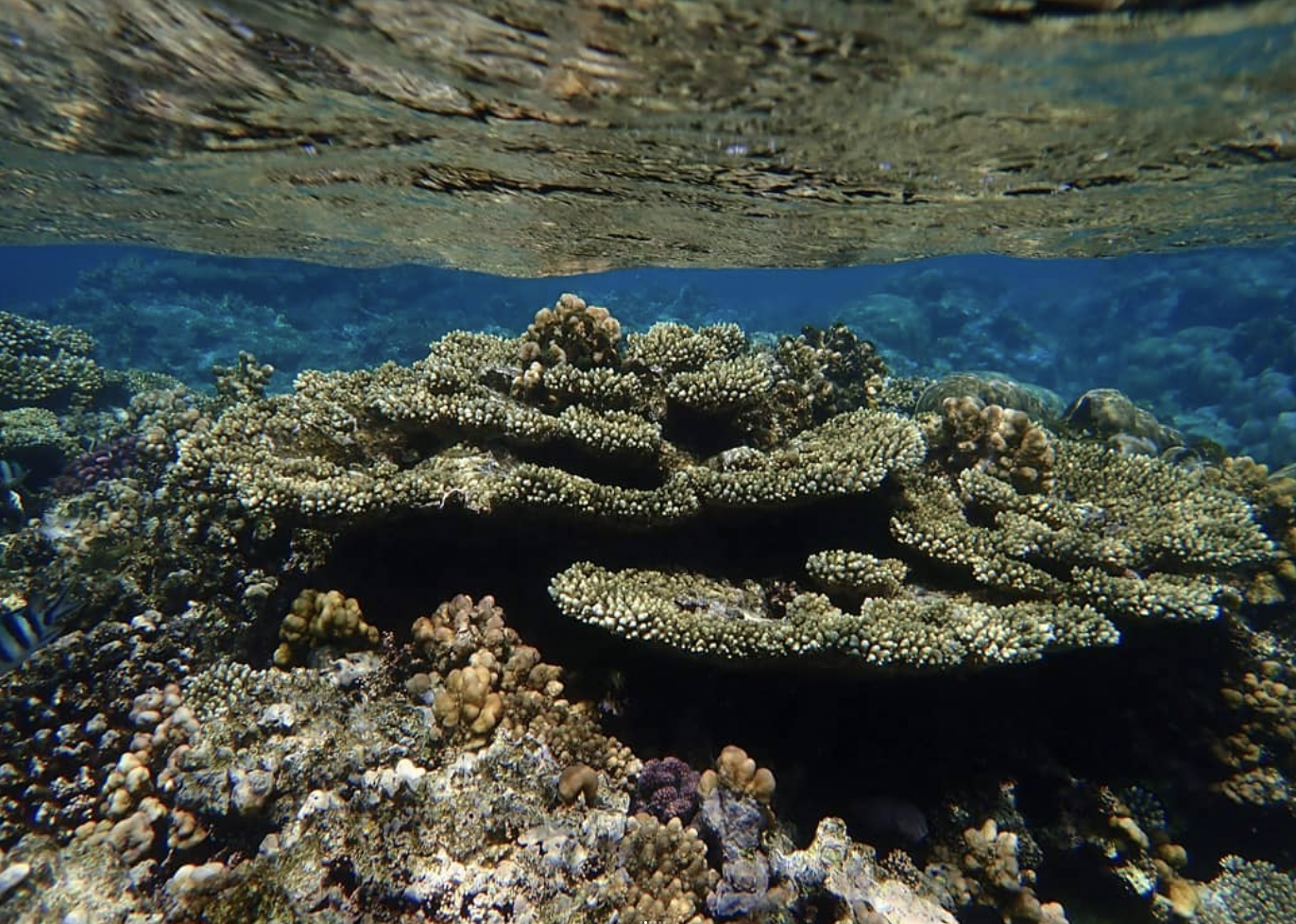KAUST study reveals how corals control their algae population, paving the way for coral reef restoration

A new study by KAUST researchers provides experimental proof to explain how corals and other symbiotic cnidarians control their symbiotic algae. By tracking nutrient exchange using carbon and nitrogen isotopes, the study shows how three distinct cnidarian species, including corals, have independently evolved a common mechanism for symbiosis with dinoflagellates in the family Symbiodiniaceae. The findings disrupt traditional views of symbiosis in corals and have important implications for major coral reef restoration efforts such as the KAUST Reefscape Restoration Initiative, which covers more than 100 hectares of the Red Sea. The study can be read in Nature Communications.
Symbiosis between one-cell organisms and larger animals is common throughout the wild kingdom. The host and symbiont provide essential nutrients for the other, allowing both to grow and thrive. Even in humans, bacteria and other microorganisms in our stomachs, on our skin and elsewhere in our bodies contribute to our good health.
The symbiosis between Symbiodiniaceae, a single-celled family of photosynthetic eukaryotes, and cnidarians, a phylum of distinct species that includes sea anemones, jellyfish and corals, is critical for cnidarians to thrive in the nutrient poor waters of the tropics. The symbiosis is so strong that Symbiodiniaceae sometimes live inside the hosts' cells. However, for both creatures to grow healthily, the symbiont's population size must be strictly controlled.
"These types of endosymbiotic relationships can only be naturally selected if the host can prevent overgrowth of the symbiont. They are common in marine life, but little is known about how they evolved. There are many theories, but we proposed a parsimonious explanation – the simplest explanation," said KAUST's Dr. Guoxin Cui, the lead researcher of the study.
Typically in symbiosis, the symbiont and host have a cooperative relationship. However, the study shows this is not the case for the three cnidarians, revealing instead a competitive relationship that depends on nutrient competition.
"The hosts use the sugar provided by the symbionts through their photosynthetic processes to assimilate their own nitrogen waste into amino acids. This limits the amount of nitrogen available to the symbionts. Essentially, the host gives the symbiont just enough nitrogen to function and keep photosynthesizing, but not enough to use the sugar they produce to proliferate," explained KAUST Prof. Manuel Aranda, who managed the study.
To prove this conclusion, Aranda, Cui and their colleagues investigated how sea anemones, jellyfish and corals control their Symbiodiniaceae population by tracing carbon and nitrogen isotopes in glucose and ammonium, respectively. The researchers found that more ammonium promotes the Symbiodiniaceae population size because of the greater access to nitrogen, while more glucose retards the population size since glucose promotes the ability of the host to assimilate more of its nitrogen waste.
Notably, the carbon-nitrogen balance between cnidarian and symbiont is vulnerable to climate change, and in the case of corals, its disruption risks coral bleaching. Understanding the molecular mechanism regulating the balance offers a way to protect corals, such as selecting for alternative symbiont partners.
"By confirming that the same mechanism operates in such distinct species, we demonstrated that a common mechanism allowed these symbioses to evolve repeatedly. This is another example of how clever and yet simple nature can be and provides us with a framework to better understand corals and their sensitivity to climate change." said Aranda.

